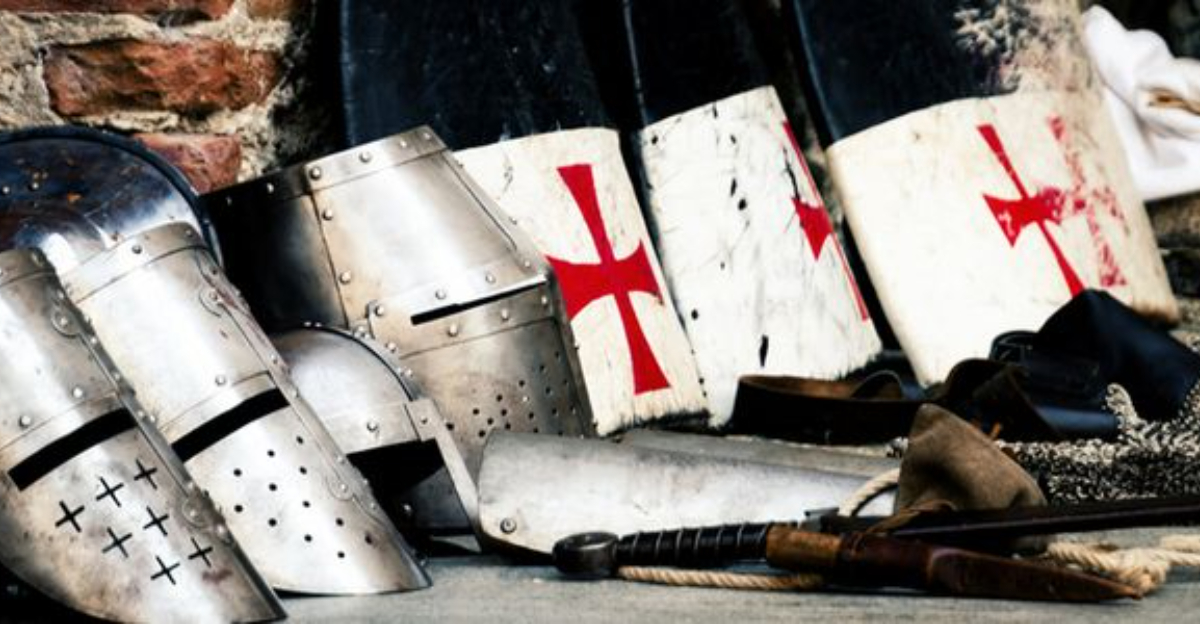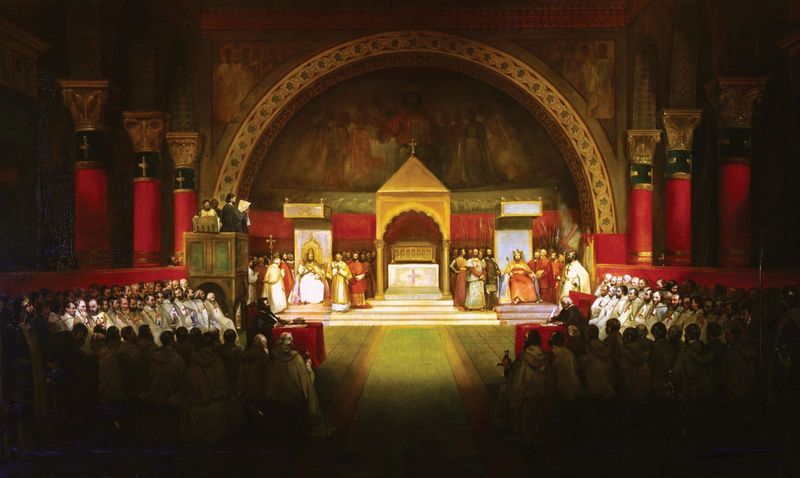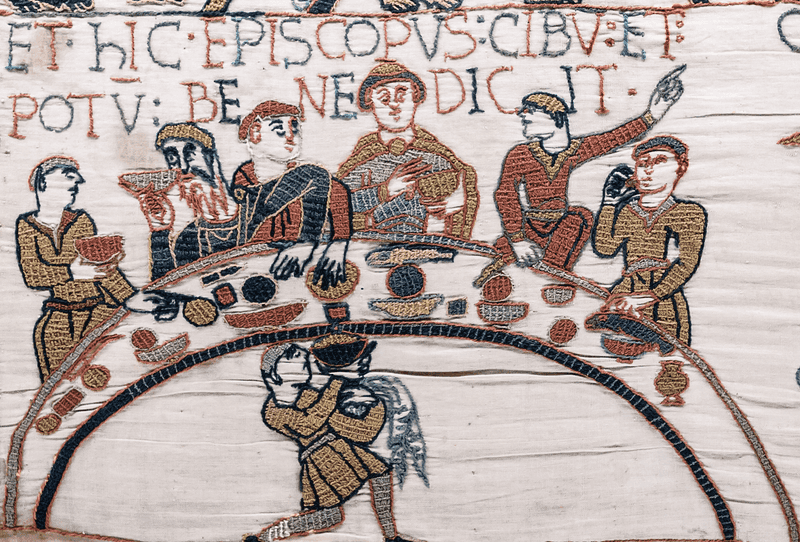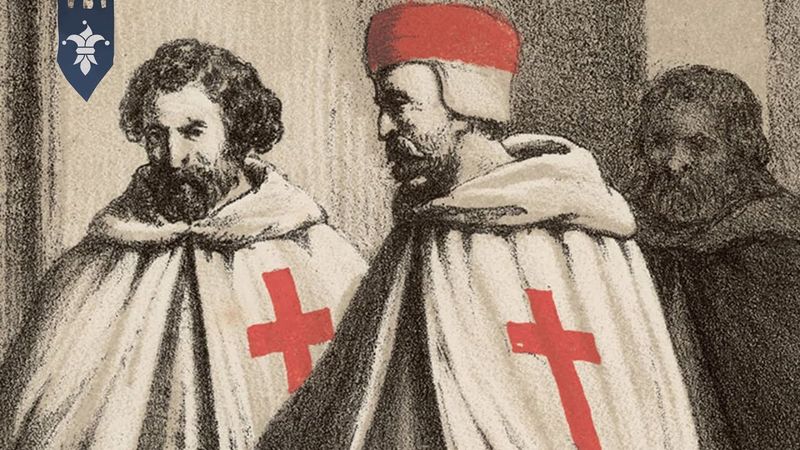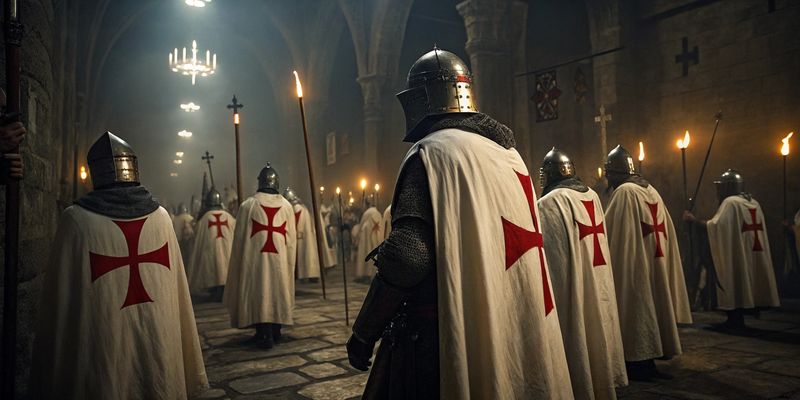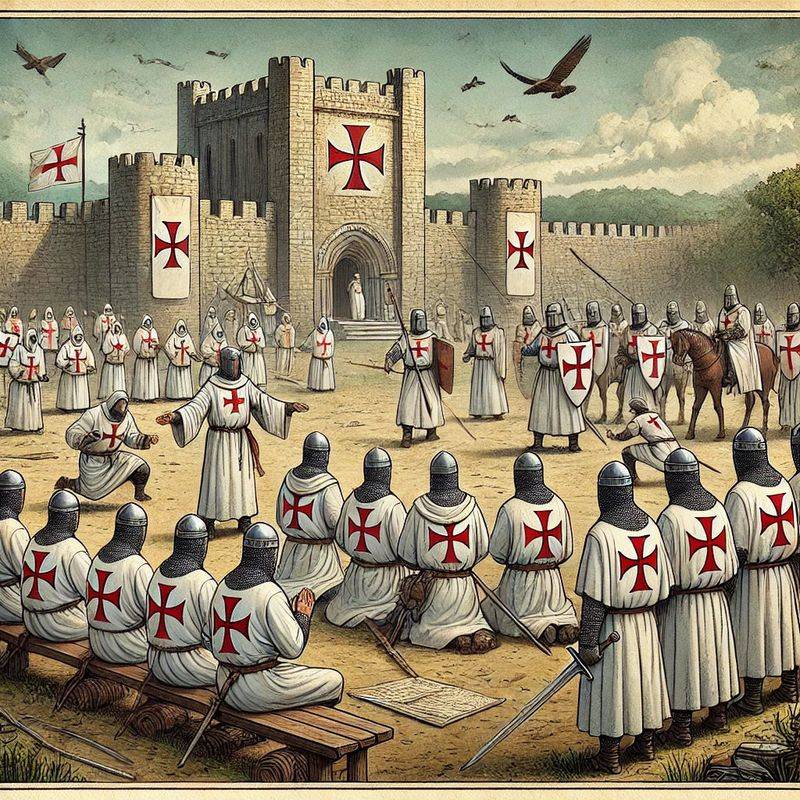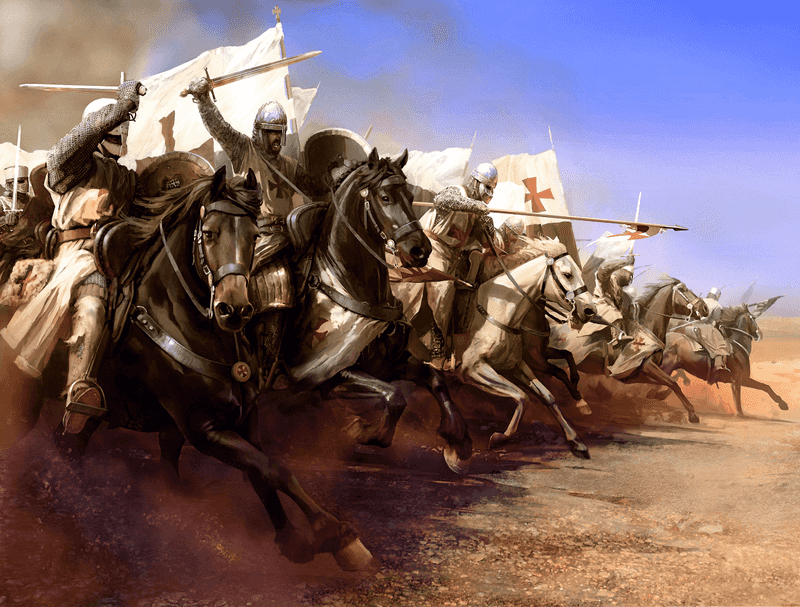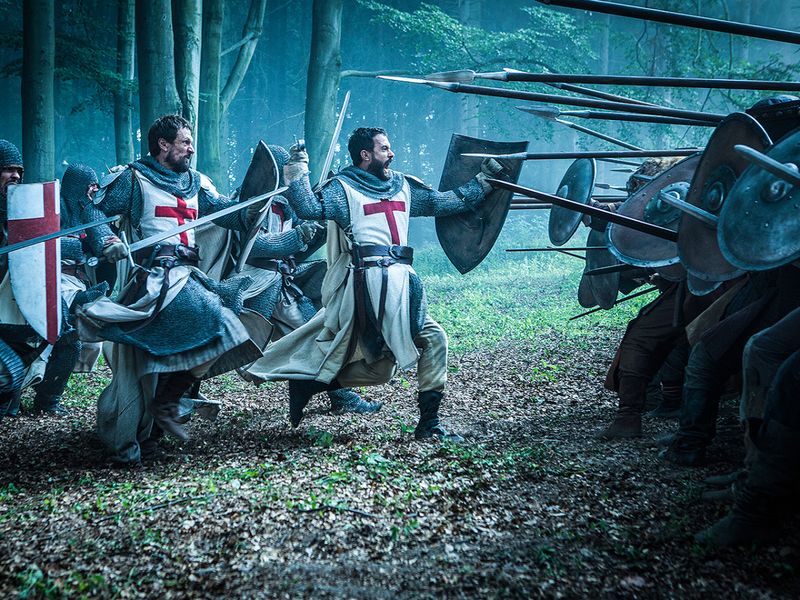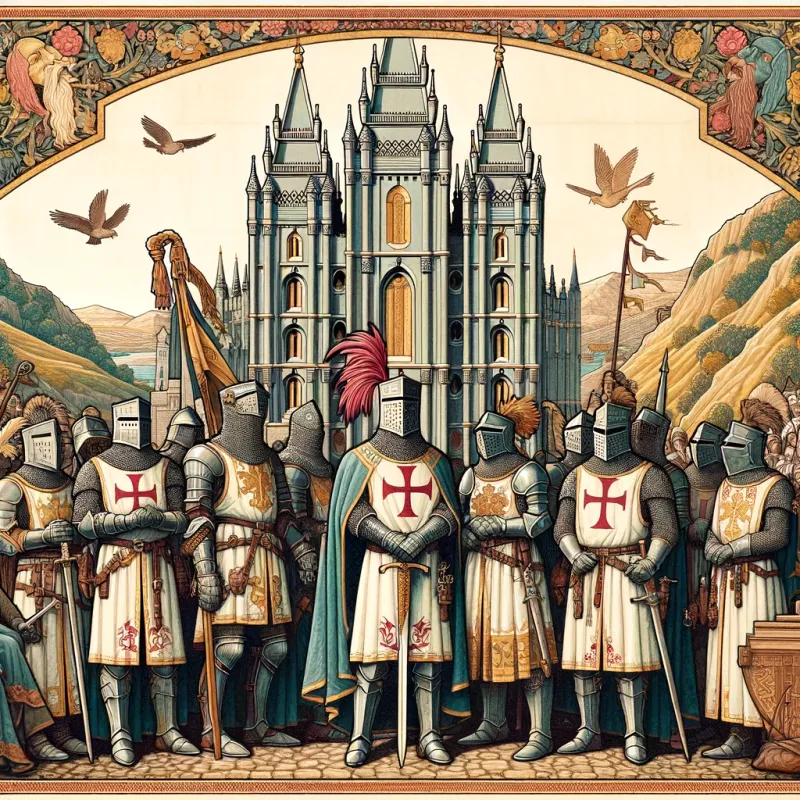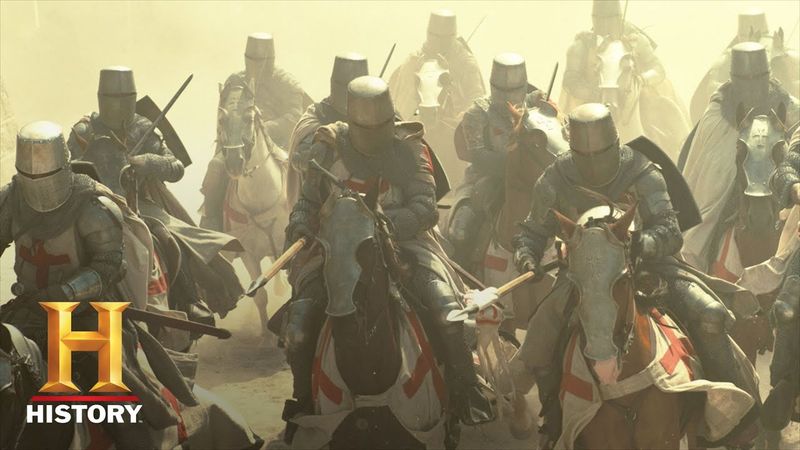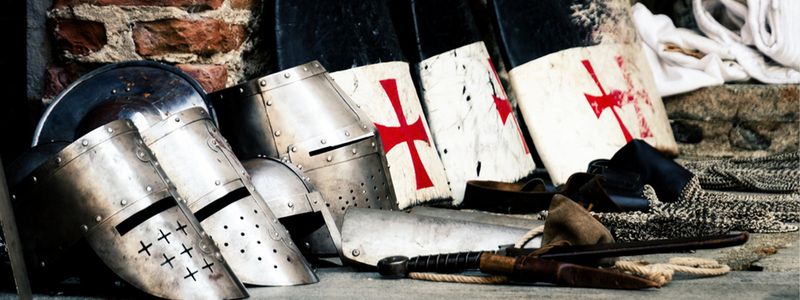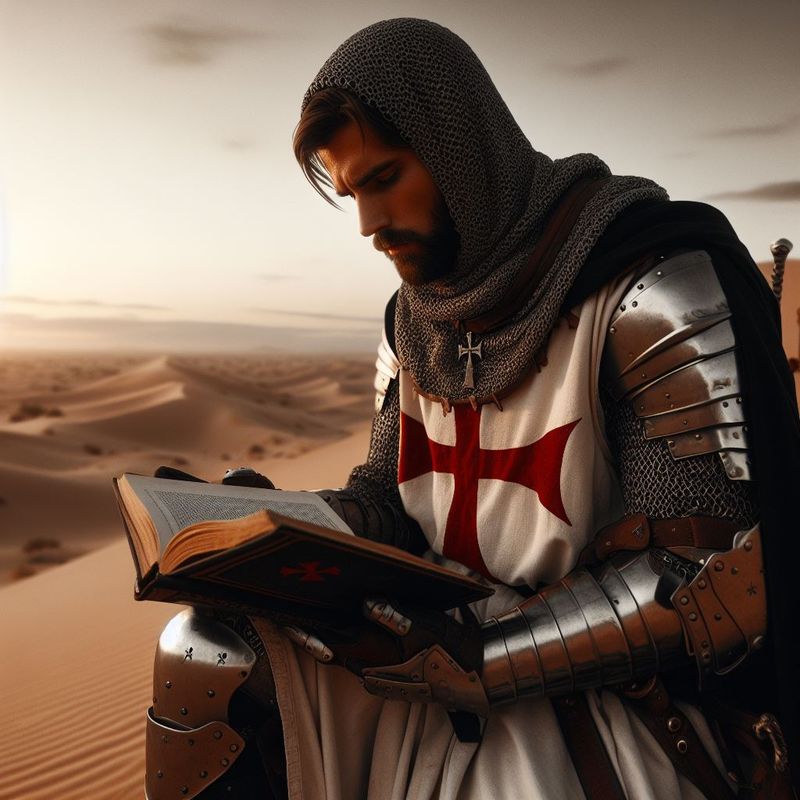Explore the intriguing daily routines and responsibilities of the Knights Templar, a medieval order known for their martial prowess and deep spiritual dedication.
This post delves into the unique blend of monastic devotion and military discipline that defined their existence, offering a detailed look at their daily activities.
From early morning prayers to nighttime reflections, discover how these warrior monks balanced their dual roles.
1. Early Rising and Prayer
Before the sun even considered rising, the Knights Templar were already deep in prayer. Their day began with Matins, a set of prayers celebrated before dawn. The communal chapel was where they gathered, a sacred space echoing with chants of devotion.
The Templars’ day was not merely about martial readiness; it was profoundly spiritual. Each prayer was a step in their sacred journey, reminding them of their commitment to God and their vows.
This ritualistic start set the tone for a day balanced between spiritual duties and martial responsibilities.
2. Breakfast and Personal Preparations
After their spiritual duties, the Knights Templar gathered for a simple breakfast. Bread, porridge, and occasionally a bit of meat graced their plates. This humble meal, shared in silence or with quiet contemplation, reflected their monastic vows of simplicity and humility.
Following breakfast, each knight prepared for the day’s duties, tending to their armor and weapons. This preparatory time was essential, ensuring they were battle-ready at a moment’s notice.
It was a routine filled with purpose, as every piece of armor was checked, and every weapon was sharpened.
3. Morning Duties and Routine Checks
Morning routines for the Templars extended beyond prayer. Many knights took on the role of guardians, inspecting perimeter securities at their commanderies or castles. This duty was not merely about vigilance but also about leadership and management.
Administrative tasks, such as overseeing accounts, land management, or supervising local workers, filled their mornings. Their role as knights transcended battle; it was about maintaining order and discipline in their ranks.
These duties required a keen eye and a steady hand, ensuring their stronghold was secure and their resources well-managed.
4. Combat and Physical Training
The Knights Templar were not only men of faith but also formidable warriors. Their mornings or afternoons were often dedicated to rigorous combat training. Swordsmanship, archery, and horseback riding were practiced with discipline.
These sessions were more than mere exercises; they were essential to maintaining their reputation as elite cavalry. Sparring with fellow knights, each session was a test of skill and endurance.
Physical readiness was paramount, and their training reflected a commitment to excellence. Each move was precise, each strike calculated, embodying their martial prowess.
5. Midday Worship and Meal
At midday, the Templars paused for worship again, attending Sext. This brief service was followed by a modest meal, a reminder of their monastic commitments. Silence often accompanied this meal, broken only by readings from religious texts.
This time was both nourishing and reflective, offering a moment to reconnect with their spiritual core. The scriptures read during lunch served as lessons and reminders of their sacred vows.
It was a routine that blended sustenance with spirituality, reinforcing their dedication to both body and soul.
6. Spiritual Study or Devotional Work
Afternoons often saw the Templars engaged in spiritual study, diving into religious texts or copying manuscripts. This scholarly pursuit was crucial, deepening their understanding of faith.
Each page was turned with reverence, each word written with care. For some, it was a time for quiet reflection, a moment to contemplate their vows and duties. The study was not merely academic but a devotional act, reinforcing their spiritual commitment.
This routine underscored their identity as warrior monks, balancing martial duties with a profound dedication to spiritual enlightenment.
7. Guard Rotations and Defensive Preparation
For Templars stationed at fortifications, guarding entry points was a crucial task. They took shifts monitoring these vital areas, ensuring the security of their strongholds. This duty demanded vigilance and readiness, as threats could arise unexpectedly.
Their commitment to defense was unwavering, with continuous weapon maintenance a priority. Being prepared for sudden military deployments was a constant underlying pressure.
The knights’ dedication to guarding their commanderies was a testament to their strategic importance in medieval warfare. Their presence was a deterrent, a silent but powerful promise of protection.
8. Afternoon Training and Duties
Afternoons, when possible, were dedicated to further training. Knights engaged in combat drills, honing their skills and strategies. It was a time to supervise sergeants and squires, ensuring their training matched Templar standards.
Discipline was key, and each knight took this role seriously, passing on knowledge and experience. The Templars’ commitment to excellence was unwavering, reflected in the precision of their drills.
This routine highlighted their dual role as warriors and mentors, fostering a new generation of knights. Their dedication to duty and discipline was evident in every move and command.
9. Evening Worship and Communal Meal
As evening descended, the Templars gathered for Vespers, their evening prayer ritual. This time was deeply spiritual, a moment to reflect on the day’s events. Following prayers, they shared a communal meal, simple yet significant.
As with other meals, silence was often observed, broken by scriptural readings. This routine reinforced their monastic lifestyle, reminding them of their shared mission and faith.
The Templars’ day was one of balance, blending physical duties with spiritual reflection. Each meal was more than sustenance; it was a reaffirmation of their vows and unity.
10. Community Time and Brotherhood
Post-supper, the Templars enjoyed time for fellowship. This community time was essential, fostering brotherhood and mutual support. Discussions ranged from military strategies to religious reflections, each topic reinforcing their shared mission.
There was little room for frivolity; their conversations were meaningful, focused on growth and unity. This period was a sanctuary where personal connections were strengthened, and collective wisdom shared.
The Templars’ sense of community was a cornerstone of their strength, promoting a cohesive unit ready to face challenges. It was a time of bonding, a testament to their enduring camaraderie.
11. Nighttime Devotions and Rest
The Templar day concluded with Compline, a final devotion before rest. By candlelight, they gathered for this sacred ritual, each prayer sealing the day’s experiences. This time was about peace and reflection, offering closure and preparation for the next day’s challenges.
Their quarters were simple, reflecting their vows of poverty and humility. Despite the day’s demands, rest was essential, preparing them for potential night alarms or duties. The Templars’ routine was rigorous, yet their dedication to faith provided solace.
Each night was a step in their spiritual journey, reinforcing their commitment to their vows.
12. Strict Discipline and Silence
Silence reigned in Templar commanderies during night hours, a strict discipline observed by all. This practice underscored the monastic aspect of their lives, where reflection and faith took precedence.
Silence allowed for contemplation, a time to absorb the day’s lessons and prepare spiritually for the next. This discipline was not enforced just for order but as a spiritual practice, reinforcing their commitment to their vows and duties.
The Templars’ lives were a blend of martial readiness and monastic devotion, with the nighttime silence a powerful reminder of their spiritual path. It was a time for inner peace and reflection.
